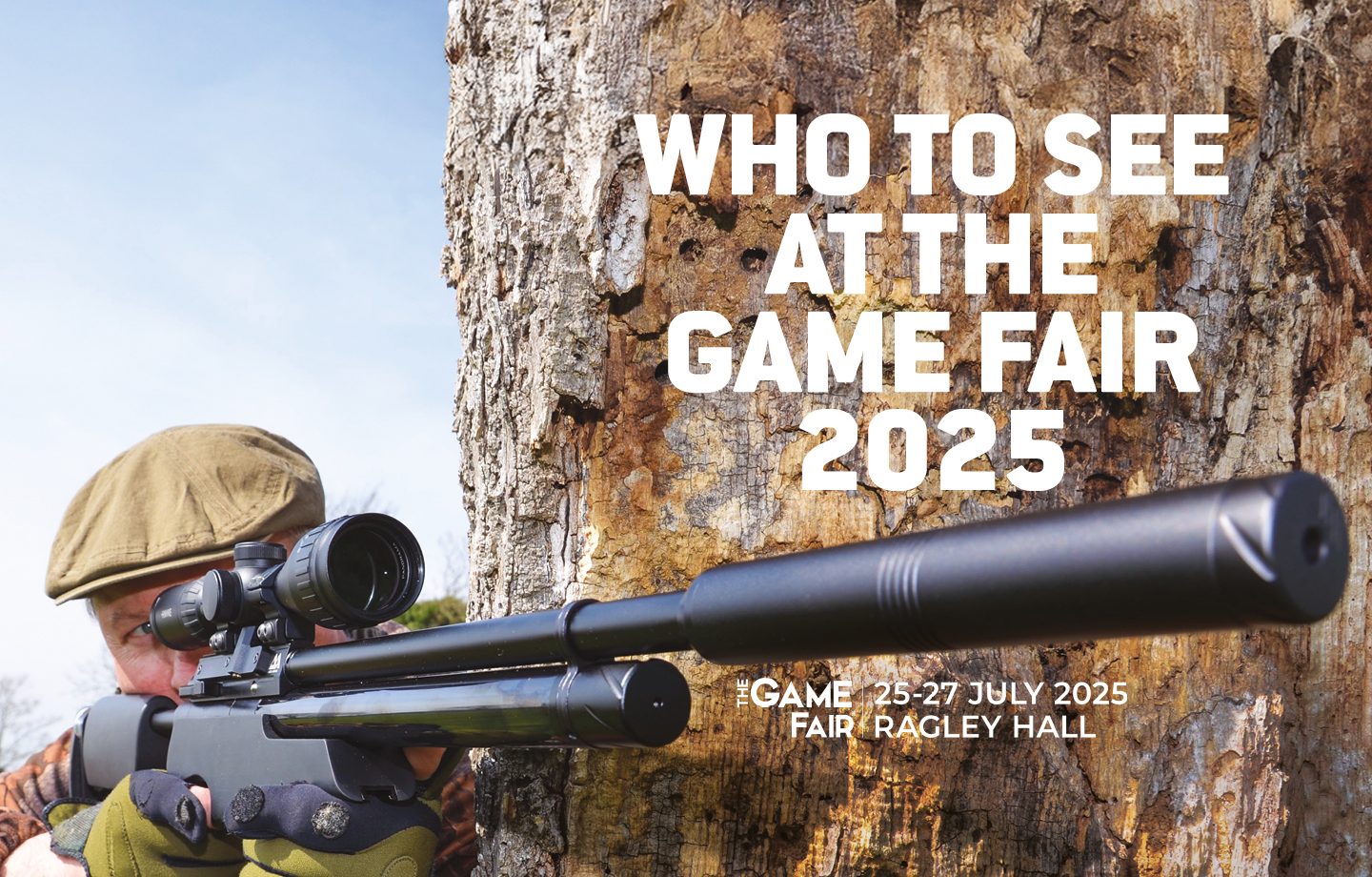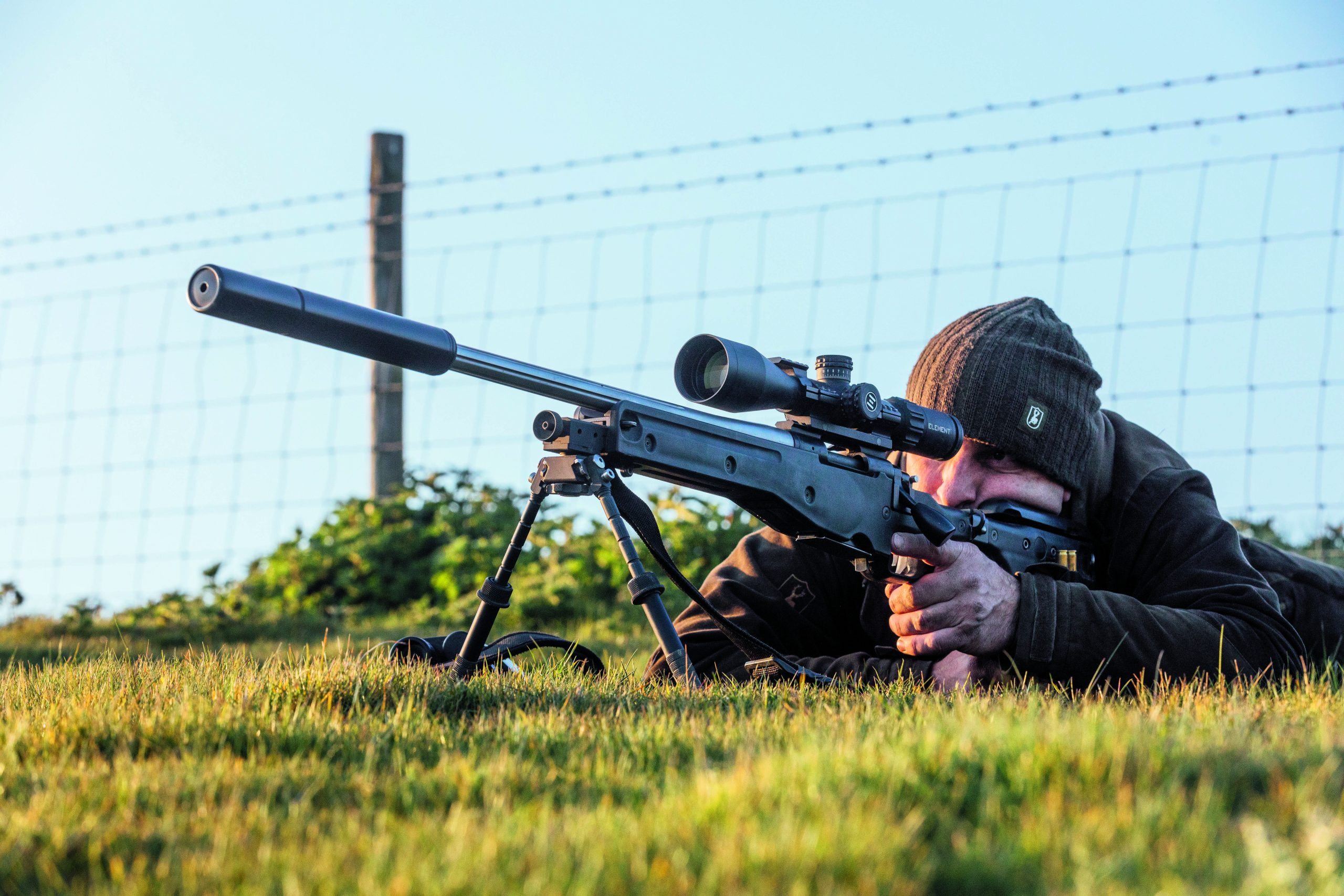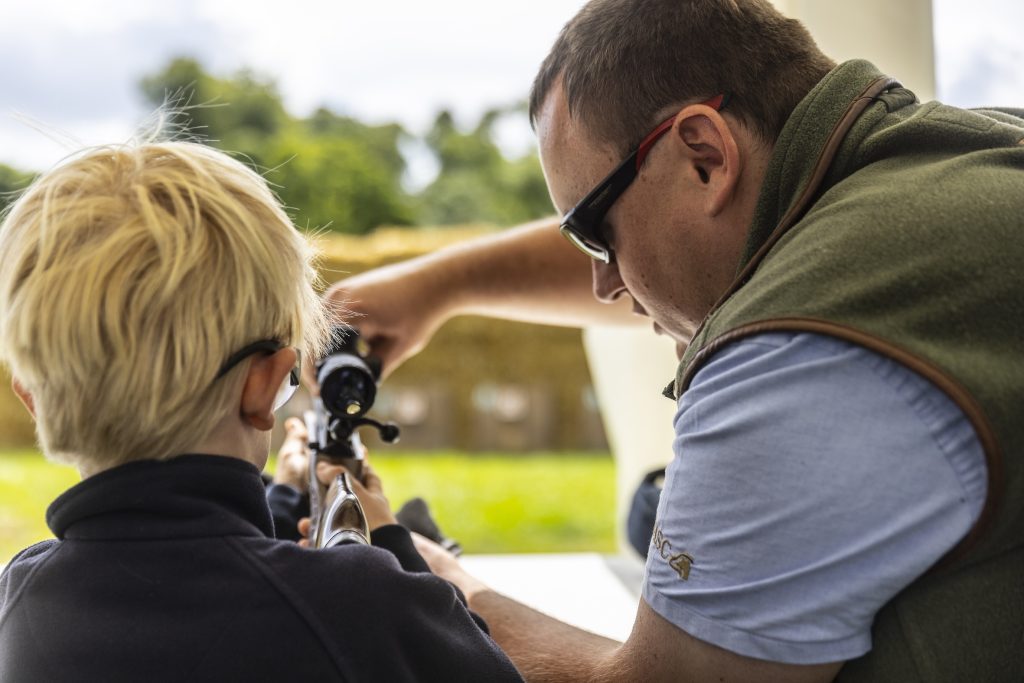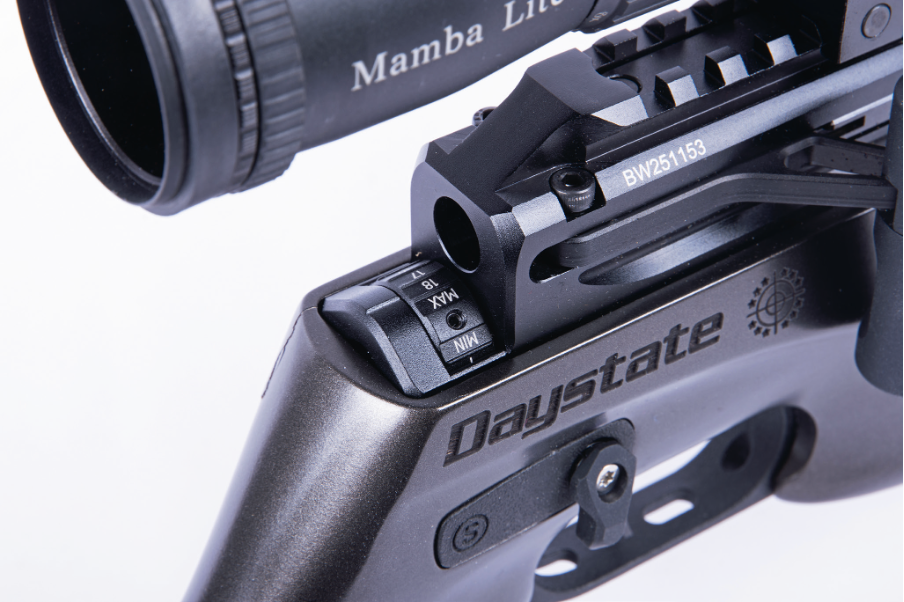Uncategorized
Eddie Jones: How to be a respectful airgunner
Eddie Jones, the writer and Air Arms ambassador, shares his passion for responsible hunting, humane dispatch and explains why true skill lies in patience, precision and passing on hard-earned knowledge
Would you like to appear on our site? We offer sponsored articles and advertising to put you in front of our readers. Find out more.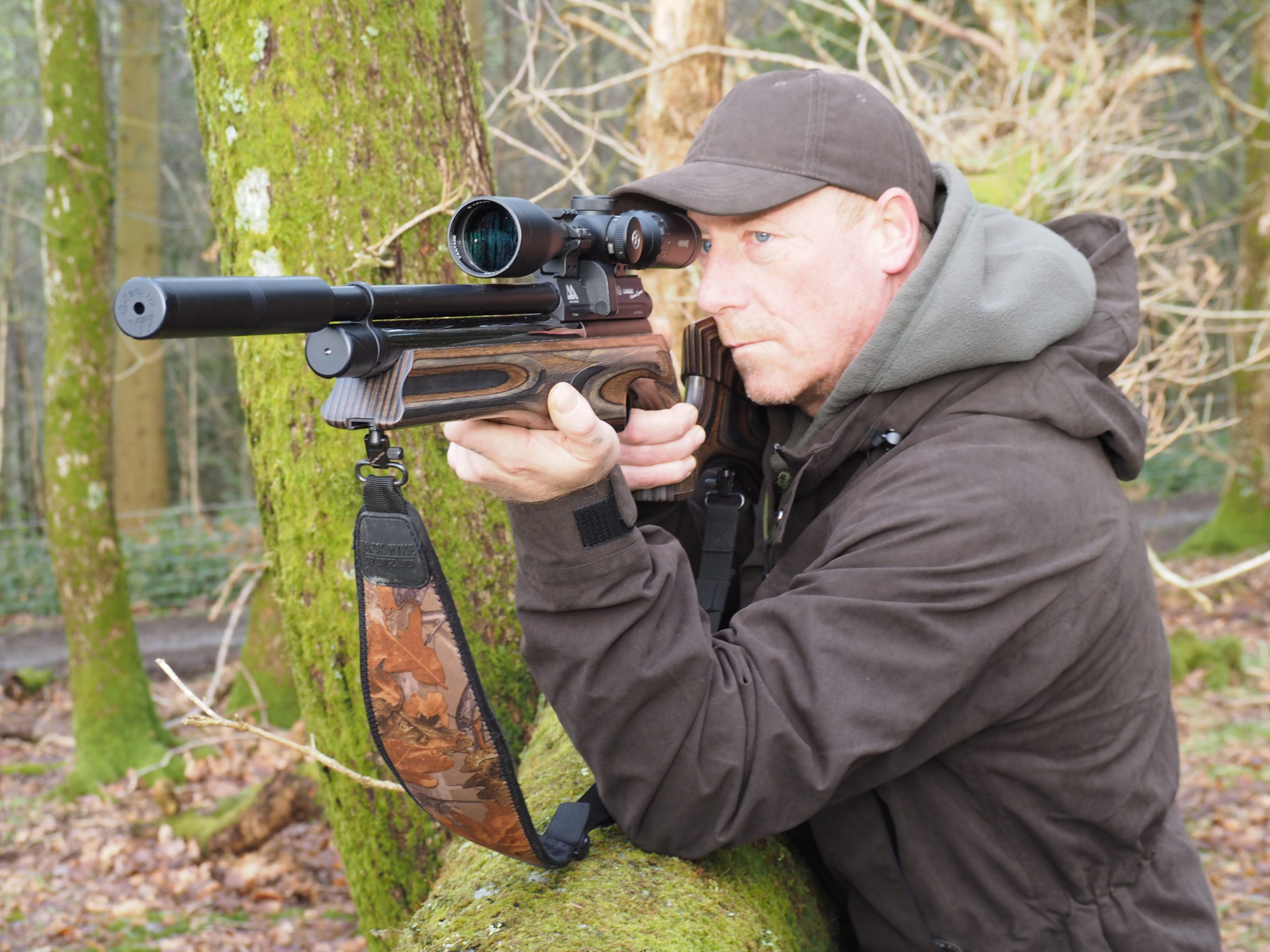
Airgun World: Who is Eddie Jones?
Eddie Jones: I am a lifelong advocate for responsible airgun shooting and a proud ambassador for Air Arms, Hawke Optics and Jack Pyke clothing. Hailing from the West Midlands, I’ve spent the past 40+ years immersed in the world of air rifles, hunting and pest control. My true passion lies in passing on knowledge — through magazine articles, online and in the field — ensuring the next generation of shooters values skill, fieldcraft and safety above all else.
AW: Can you remember when you first became interested in airgun shooting?
EJ: It all started when I was around seven years old. I’d trail behind the older lads in the street when they went shooting, fascinated by their every move. One of them took me under his wing, teaching me the ropes — especially safety and fieldcraft. Watching them take shots at different quarries helped me to gain the skills that I have passed on to others. I couldn’t get enough of it. Learning so much from an early age certainly gave me an edge when it came to going it alone. That spark ignited a lifelong passion for shooting. I have gone on to shoot shotguns and centrefire rifles and I’ve never looked back since.
AW: Can you remember your first air rifle set up and the accessories that you used when starting out?
EJ: Absolutely. My first air rifle was a second-hand Gamo that groaned and creaked every time I cocked it. I wasn’t allowed to keep it at home, so I hid it in the local woods in a bag — every spare moment was spent there, learning the hard way. There were no fancy accessories back then, just iron sights, my instinct and a growing hunger to improve. Using that rifle for hunting, and being good with it, gave me confidence for the future when I was able to upgrade it.
AW: Where were you practising when you were first starting out and what were you shooting?
EJ: My early “range” was the woods near home — my secret hideaway. I’d shoot tin cans, makeshift targets and later, once I’d honed my skills, I started small pest control under the guidance of my mentor. That woodland became my training ground for years.
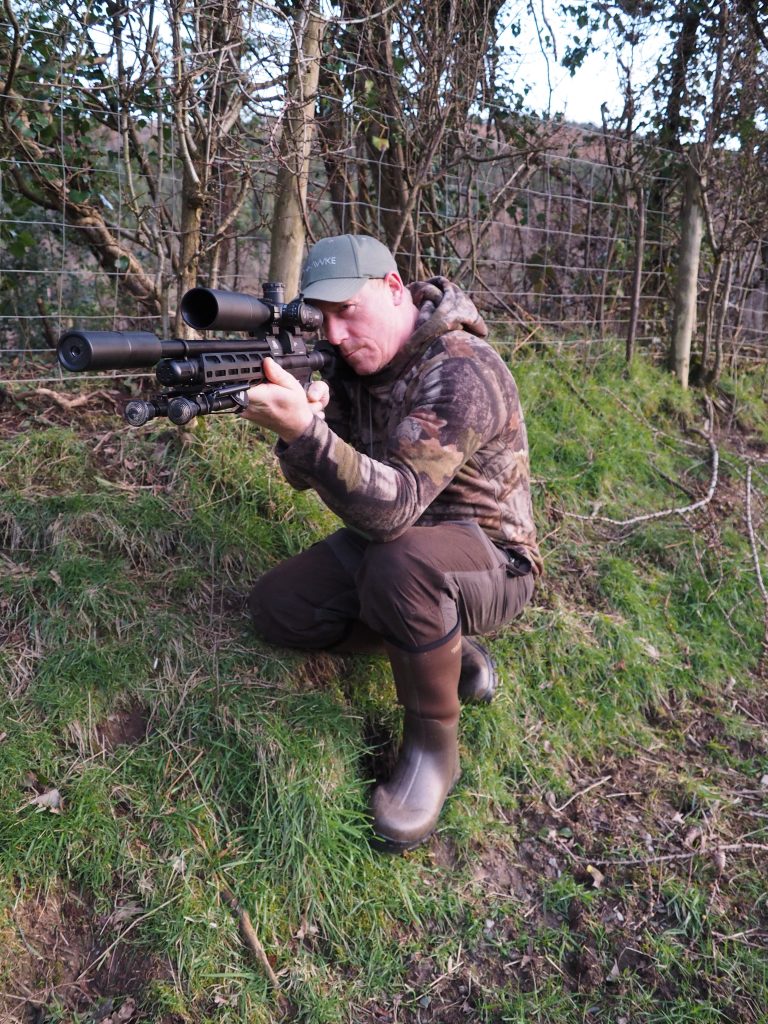
AW: Tell us more about your mentor…
EJ: He was patient, strict on safety and drilled into me the importance of fieldcraft. His lessons shaped how I shoot today — and I carry those lessons forward whenever I teach someone new. I wasn’t always allowed to rest the rifle on a sandbag shooting at targets. I was taught the angles of the pellet’s flightpath for when squirrels were the target species. I knew hold-over and hold-under and how much to use at different ranges.
AW: What’s the most important lesson you’ve been taught about fieldcraft and one that you always pass on to others?
EJ: Get close to your intended quarry. I would rather shoot a live animal at 20 or 30 yards and know I was going to hit the kill zone every time than take shots at longer ranges that can be affected by wind or movement. Your fieldcraft will always bring more success than your gear. Learn to read the wind, understand your quarry’s habits and move with the land. I always tell newcomers to practise stalking targets more than shooting because you’ll get far more out of both.
AW: What’s more important, fieldcraft or equipment — or is there a balance between the two?
EJ: There’s definitely a balance, but fieldcraft will always win the day. You can have the most advanced rifle on the market, but if you can’t get within range of your quarry or understand the lay of the land, you won’t come home with much.
I would make pathways through woods so I could get to areas quietly where the quarry was more abundant. I would make hides in good areas where pigeons would roost in advance and set feeders up for squirrels. It’s easier getting them to come to you than having to walk around woods searching treetops all day.
AW: When did you first become more interested in pest control and what species do you currently control most often?
EJ: As my skill level grew, so did my respect for the practical use of air rifles. That’s when pest control became a calling. I moved from plinking targets to managing rabbits, squirrels and corvids. I then progressed to working with local farmers, controlling pests when numbers exceeded what the land could cope with. Through these methods I gained respect from the farming community. There is no need for complete eradication, a sustainable balance is best. Farmers like to see rabbits around or the odd pigeon, just not too many that they cause a problem for them.
AW: How much of your week is taken up by your pest control duties, and do you go alone or with company?
EJ: Pest control takes up several days of my week, especially during the peak seasons. Sometimes I’m alone, taking in the quiet of the land, but often I’m with my best mate, Alan. Our time together in the field is something I treasure. When I was living in the Midlands I was always out with my father. Those are moments that I will treasure for life. As I am now living in West Wales and working full time, it is harder to get back and shoot with him.
AW: Should hunters pay for permission to shoot over land, or are they providing a service to landowners?
EJ: I believe that responsible hunters provide a service. If you’re truly managing pests and maintaining balance on the land, then your presence should be valued. That said, mutual respect is key — sometimes that means an agreement that benefits both of the parties involved.
A lot of air rifle shooters do not have land to shoot over, so if a farmer has a lot of land and pests to control, why not let people shoot it for a small fee? I have met many farmers in my years hunting and a lot of negativity towards hunting has come from poor shooters.
They had no respect for the farmers’ property, shooting at fence posts, leaving gates open or damaging them by climbing over. That has certainly reduced the chances of gaining permission on land.
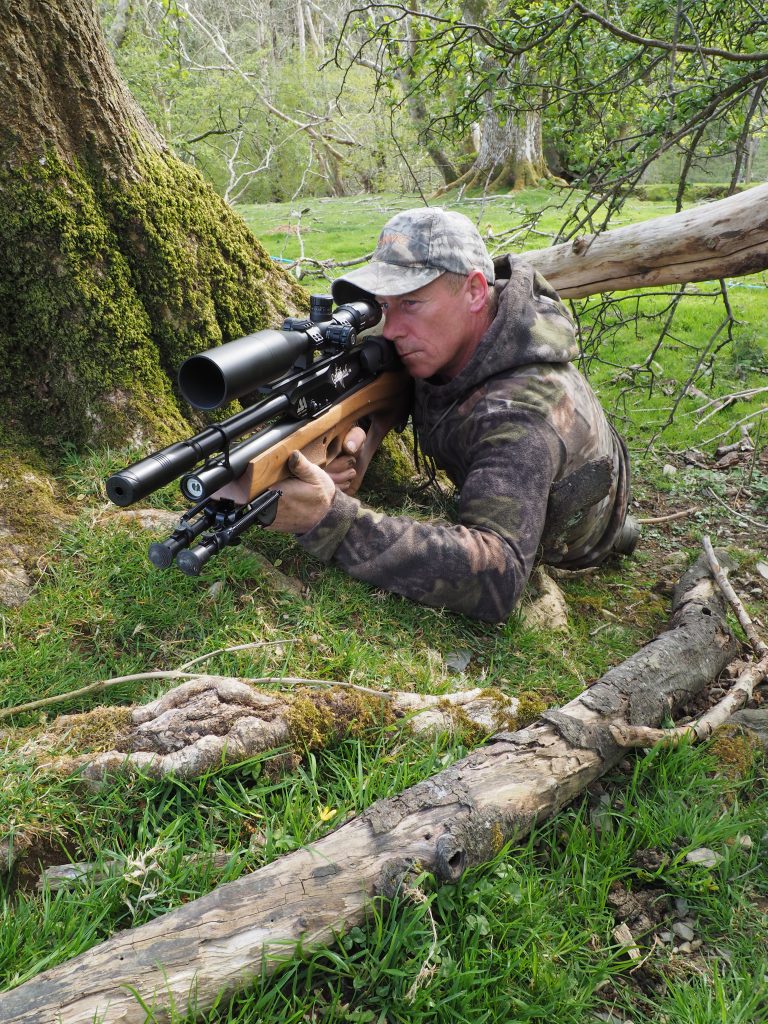
AW: What are the biggest external challenges you face in going about your duties?
EJ: The biggest challenges often come from public perception. Misunderstanding and misinformation can quickly turn a useful service into a point of conflict. We have to be educators as well as hunters — showing people the real value of the work that we do.
I have met many walkers on farmland who have called me cruel and worse. It is so easy to get into a conflict with them, but who are they to judge you? Always stay calm and try to get into conversation with them. Put them in the position of a farmer and ask what they would do while losing money to pests. It’s surprising how often they leave with a different outlook on what we do.
AW: If you could sit down with policymakers and decision makers in government, what are the key things about airgun shooting that you’d try to make them understand?
EJ: I’d tell them that responsible airgun ownership is a vital part of rural life and conservation. The tools we use are not toys — they are precision instruments used by skilled people to manage pests humanely.
I’d also stress education, not restriction, and the importance of supporting shooting sports from a young age with safety and ethics at the core.
AW: What’s the biggest misconception that people have about the work that you do?
EJ: That it’s just about shooting. In reality, pest control is about understanding ecosystems, respecting life and often letting more quarries walk away than you take. It’s not about pulling the trigger, it’s about knowing when not to pull the trigger.
AW: What are your absolute non-negotiables when it comes to pest control?
EJ: Respect for the animal, safety and clean shots only. If I’m not sure, I don’t shoot. End of story. The goal is always humane dispatch, anything less is unacceptable. That is where your self training comes into its own. You can never predict a rabbit dropping its head to eat again at the precise time you are pulling the trigger. Misses and mistakes happen. It is how you deal with it that makes you the hunter you strive to be.
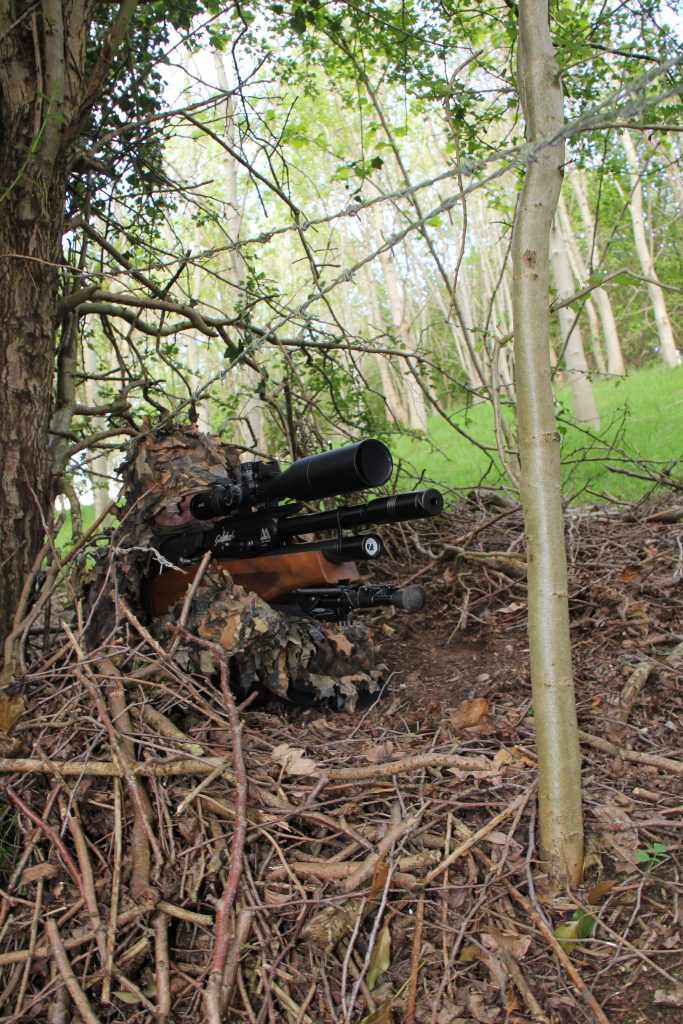
AW: Do hunters have a duty to practise ahead of going into the field?
EJ: Without a doubt. You owe it to the land, the quarry and yourself. Shooting accurately in the field comes from repetition and muscle memory built at the range. Know your rifle, know your limitations and never stop learning. Ever.
AW: Do you eat what you shoot (where possible)?
EJ: Yes, I do. Rabbit in particular is a regular on the table. It’s part of the cycle and reminds you to remain humble and respectful about what you’re doing. I give many carcasses away. Letting others taste game can also benefit our cause. What is the point of taking a life if it’s not going to be used to its full potential?
AW: How did you come to be an Air Arms ambassador and what does your role involve?
EJ: I was initially a user of Theoben rifles. I had a Rapid 17 for a long time before I wrote for magazines and ended up as an ambassador for them. Unfortunately, the company ceased trading so it wasn’t in the magazines’ interest to have a writer hunting with a rifle that was no longer being made.
I was asked by the lovely Clare West from Air Arms if I would like to be sponsored by her company, as I had used its rifles in the past too. I was reluctant for a long time as I am loyal to companies that look after me.
With Theoben finishing, I was then more than happy to take Clare up on her offer. Air Arms’ quality and craftsmanship is superb, so it was without question and an honour to the brand.
I’ve used Air Arms rifles for many years — they match my shooting style perfectly. It was great to still have the opportunity to represent a brand I genuinely believe in. As an ambassador, I showcase what the kit can do in real-world conditions and help guide newcomers to the sport.
AW: What is your current air rifle, what accessories do you use and how big is your airgun collection?
EJ: Right now, I’m shooting the Air Arms Ultimate Sporter Carbine PCP. It’s paired with a Hawke Airmax 4-12×50 scope, a perfect combination for consistent accuracy in the field. I favour the Air Arms Diablo Field pellets in .177 for their superb consistency. As for the collection… let’s just say it’s grown over the years thanks to Air Arms, but you can never have too many rifles if the wife asks!
AW: Do you have an all-time favourite air rifle?
EJ: Yes — the TX200. That rifle marked the turning point for me when I took my shooting more seriously. It taught me discipline and precision and, to this day, it holds a special place in my journey.
Eddie Jones was the guest editor of the July 2025 issue of Airgun World
Related articles
Uncategorized
BASC: Protecting the future of airgunning
Airgunning is more than a gateway to the wider shooting world; it is a well-practised discipline in its own right. Across the UK, air rifles are used by hundreds of thousands of people for target shoo...
By Martin Puddifer
Air Rifles
Uncategorized
A Wolf with a real bite
Dave Barham tests the mechanical masterpiece from Daystate.
By Martin Puddifer
Manage Consent
To provide the best experiences, we use technologies like cookies to store and/or access device information. Consenting to these technologies will allow us to process data such as browsing behavior or unique IDs on this site. Not consenting or withdrawing consent, may adversely affect certain features and functions.
Functional Always active
The technical storage or access is strictly necessary for the legitimate purpose of enabling the use of a specific service explicitly requested by the subscriber or user, or for the sole purpose of carrying out the transmission of a communication over an electronic communications network.
Preferences
The technical storage or access is necessary for the legitimate purpose of storing preferences that are not requested by the subscriber or user.
Statistics
The technical storage or access that is used exclusively for statistical purposes.
The technical storage or access that is used exclusively for anonymous statistical purposes. Without a subpoena, voluntary compliance on the part of your Internet Service Provider, or additional records from a third party, information stored or retrieved for this purpose alone cannot usually be used to identify you.
Marketing
The technical storage or access is required to create user profiles to send advertising, or to track the user on a website or across several websites for similar marketing purposes.

